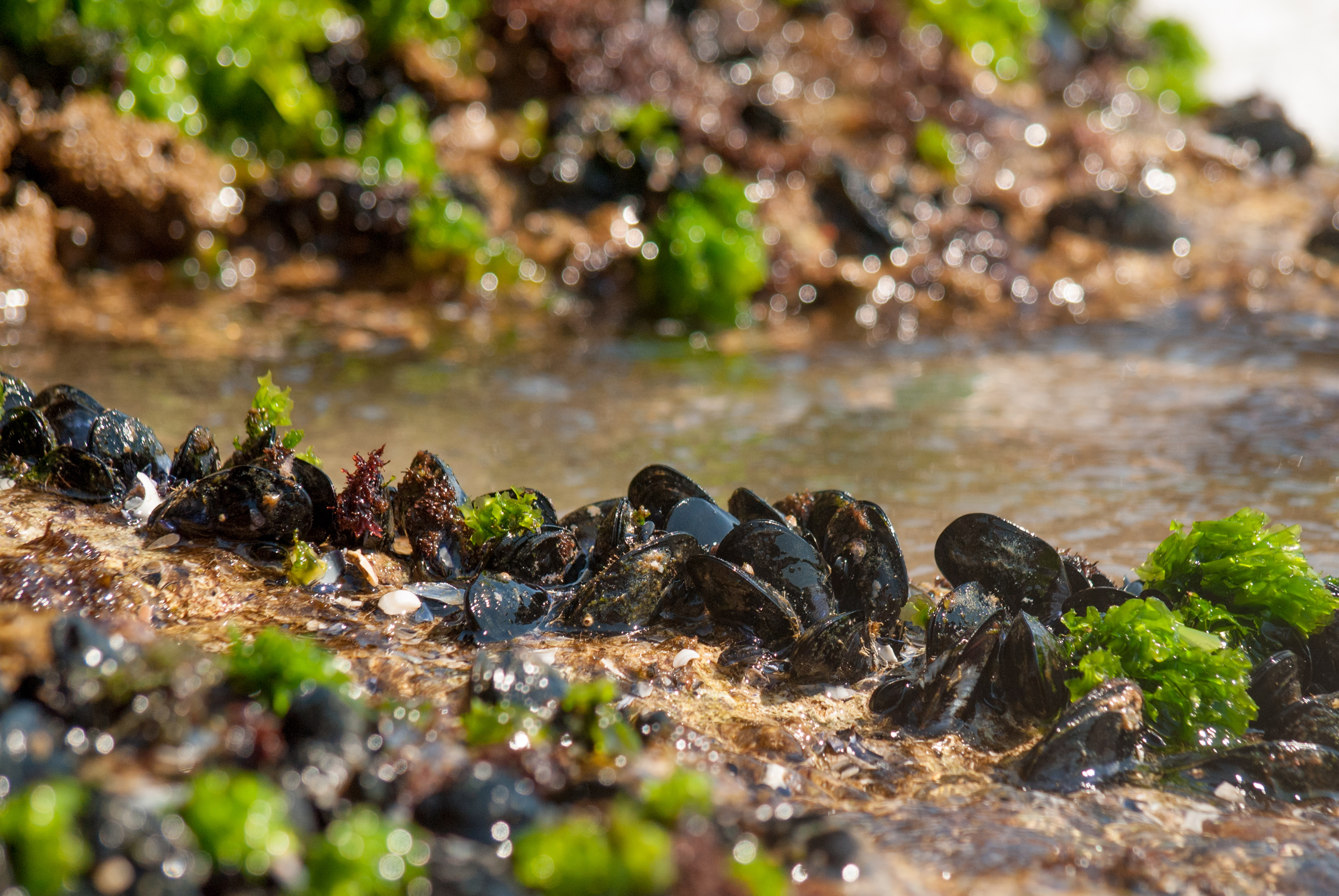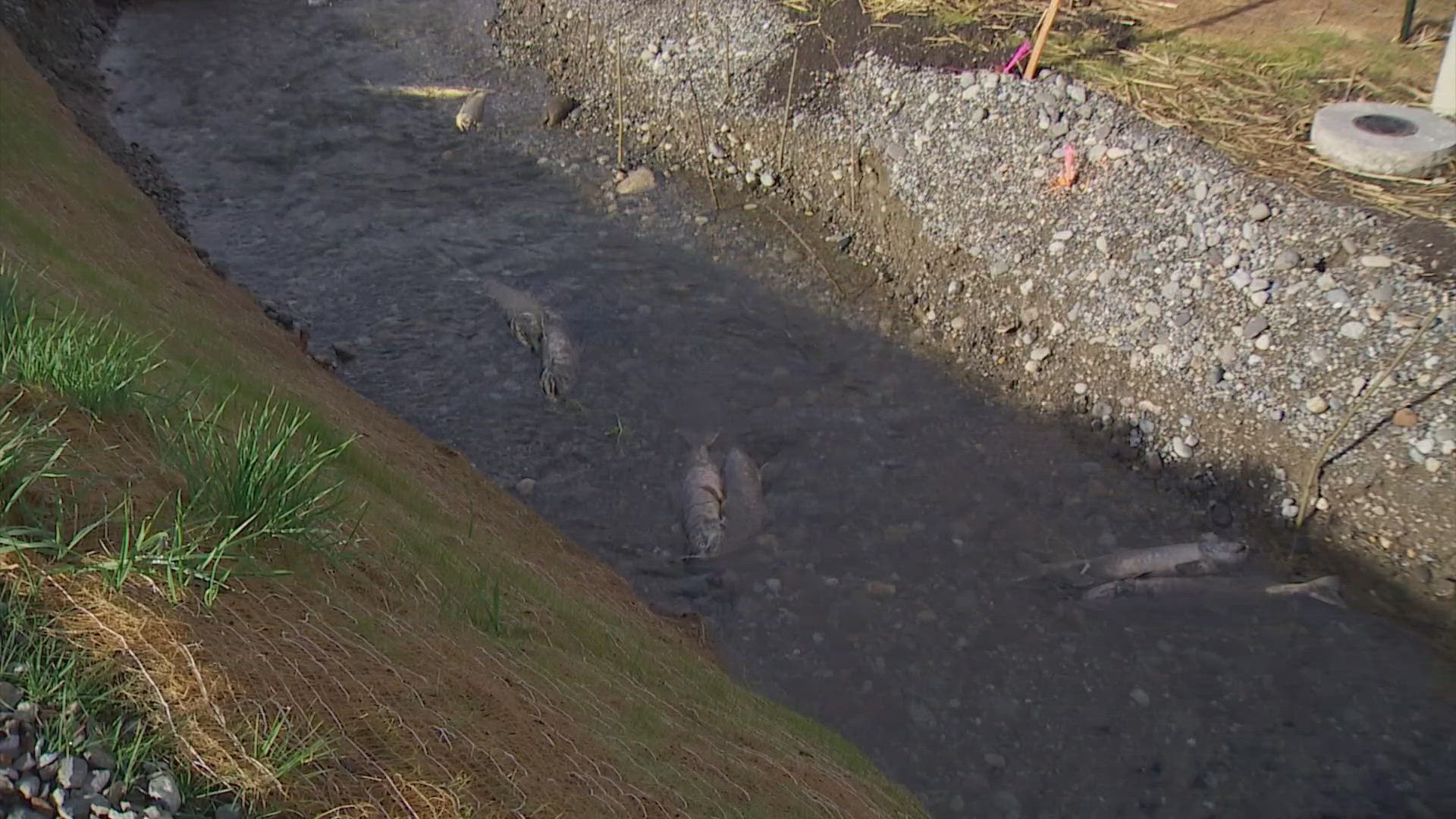![635939148954330939-ThinkstockPhotos-502974280.jpg [image : 81982436]](http://cdn.tegna-tv.com/media/2016/03/18/NWGroup/KING/635939148954330939-ThinkstockPhotos-502974280.jpg)
A group of University of Washington students spent Friday morning shucking mussels at the Washington Department of Fish and Wildlife's lab in Olympia. They had thousands of mussels to shuck for their study on contaminants in Puget Sound, so volunteer groups are helping out until the work is complete.
![Mussel tested for Puget Sound contaminants [video : 82002964]](http://king-download.edgesuite.net/video/2023666/2023666_Still.jpg)
Once removed from the shell, the soft tissue is blended and homogenized, then sent for testing to see what toxic contaminants stormwater is leeching into Puget Sound.
The mussels were planted at more than 60 locations around the sound and left for three months. Mussels are good indicators of contaminants in water systems because they are filter feeders. The contaminants in their food remain in their soft tissue for several months.
"Using the scalpel, we cut the abductor mussels sliding it through like this, then pry them open," explained Jennifer Gonzaga.
Gonzaga is a junior at the University of Washington. She is one of dozens of volunteers who have helped with the study. Teams spent several nights planting the mussels in 67 different locations around Puget Sound, using protective cages to prevent predation."
"A huge component of the mussel monitoring in Puget Sound has been help of volunteers. We had an army of citizen science volunteers," said Jennifer Lanksbury.
Lanksbury is a biologist with the Department of Fish and Wildlife. They have thousands of mussels to test. Mussels are filter feeders, and contaminants from their food stay in their tissue for several months.
"So they're like natural sampling devices," she said. "They do the work for us."
Biologists want to see how stormwater is contaminating Puget Sound. They'll also test for pharmaceuticals. The contaminants can cause major ecological issues, from fish to whales.
"So the data from the study can be used by people who make decisions about how to deal with pollution in Puget Sound," Lanksbury said.
The mussel monitoring study was funded through both the Regional Stormwater Monitoring Program (RSMP) and through a number of sponsoring partners, including state, city, county, tribes and NGOs. The test results are due back this fall.
![Puget Sound mussels tested for toxins [video : 81981634]](http://king-download.edgesuite.net/video/2023222/2023222_Still.jpg)


